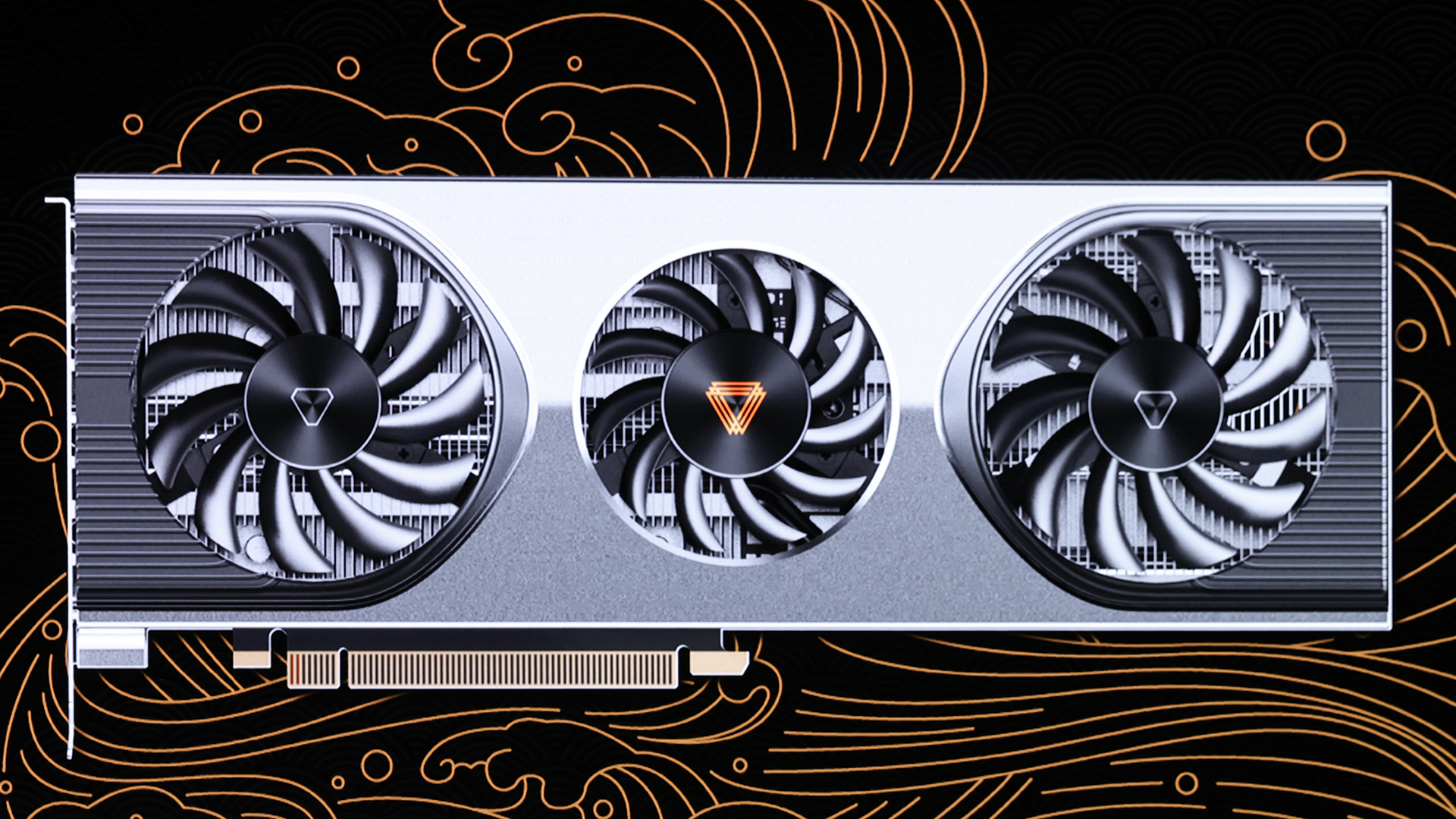
Now that AMD, Intel, and Nvidia cannot sell their top-of-the-range compute GPUs to customers in China without permission of the U.S. government, and Chinese developers of GPUs for artificial intelligence (AI) and high-performance computing (HPC) applications do not have access to leading-edge production capabilities, smaller GPU designers have a chance to capitalize on various types of generative AI, reports DigiTimes.
The rise of the Chinese chip design sector in the recent years has formed two vectors of domestic GPU development: datacenter GPUs designed to address AI and HPC megatrends and classic GPUs designed primarily for client PCs yet capable of addressing some datacenter-specific workloads. It looks like the latter have better chances for success in the current situation.
Developers of Small GPUs Can Address Big Things
Innosilicon, Jingjia Microelectronics, and Moore Threads are perhaps the most well-known Chinese developers of gaming graphics processors. Gaming graphics depends on single-precision floating point (FP32) compute throughput, so GPUs from Innosilicon, Jingjia, and Moore's Threads support this data format. For now, these GPUs can hardly claim a place among the best graphics cards. Furthermore, to address various artificial intelligence and machine learning applications, these companies are going to need to tweak their hardware to support lower-precision data formats (think FP16, BF16/8, INT8, INT 4, etc.) as well as specific instructions for matrix and vector processing. Some have already done this, while others have yet to.
Jingjia has been offering gaming GPUs based on its own architectures since 2014 and its latest JM9-series GPUs from 2021 promise to offer performance levels similar to Nvidia's GeForce GTX 1080. For now, Jingjia's GPUs cannot address AI/DL/ML applications, but the company told DigiTimes that it was working on AI-capable GPUs for a variety of applications, such as speech recognition and natural language processing, but did not elaborate.
Innosilicon introduced its 1st Generation Fenghua (Fantasy) discrete graphics processor featuring a PowerVR microarchitecture from Imagination Technologies in late 2021, followed up with 2nd Generation Fantasy GPU for low-power applications in mid-2022, and announced development of its 3rd Generation Fantasy with ray tracing support last year. Innosilicon's original Fantasy GPU supports both FP32 and INT8, while its drivers support modern application programming interfaces for compute, including DirectX, Vulkan, OpenCL, Caffe 1.0, TensorFlow 1.1.2, and ONNX.
Hardware from Moore Threads is perhaps better suited for AI. The company's latest Chunxiao graphics processor supports FP32, FP16, and INT8 precision and, assuming that it also supports appropriate instruction sets, can address at least some AI/DL/ML workloads. The company also says that its MTVerse platform can enable developers to build applications for big data, AI training and reasoning, speech recognition, and visual recognition, among other things.
Some Background
Total available market of graphics processing units in China reached $4.739 billion, making up 18.7% of the global market share, according to data from VMR cited by DigiTimes. It is unclear whether datacenter GPUs are included in $4.739 billion. The market is projected to increase to US$34.56 billion by 2027, with a compound annual growth rate (CAGR) of 32.8% over the seven-year period.
There are about 10 developers of GPUs in China. Two of them — Biren Technology and Tianshu Zhixin Semiconductor — are focused purely on processors for AI and HPC applications and their GPUs are not exactly meant to process graphics. But these processors need leading-edge fabrication technology to be made and TSMC needs an export license from the U.S. government to produce GPUs for Biren and Tianshu Zhixin.
Meanwhile, there are plenty of developers of more or less universal GPUs — in addition to Jingjia, Innosilicon, and Moore Threads — for rendering games, but which can also address AI and technical computing applications if they gain appropriate hardware capabilities.
Up until recently Chinese designers of gaming GPUs were not inclined to build AI and HPC-oriented processors that would rival solutions from big companies like Nvidia, Intel, AMD, Biren, and Tianshu Zhixin. Now that the future of China-based AI and HPC GPU developers is uncertain and the abilities of AMD, Intel, and Nvidia to address Chinese customers are limited, they may review their plans and come up with chips that can address China's needs for AI/DL/ML hardware.







